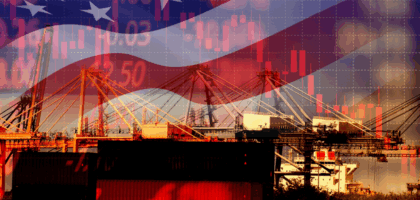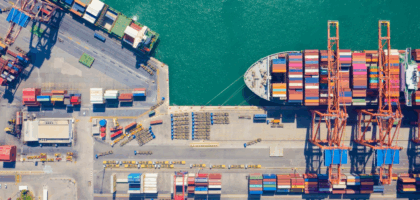A partial terminal closure, after a Covid-19 outbreak at the end of May, has led the port of Yantian to engage in disinfection and quarantine measures that have slowed productivity significantly.
Background
Yantian International Container Terminal (YICT) is the world’s fourth-busiest container port and is one of several ports in the Shenzhen region, which collectively form a vital gateway for exports from the Pearl River Delta, a major Chinese center for manufacturing and technology. The growing crisis in southern China is just the latest blow to hit the shipping industry, which has been suffering from acute disruption for more than a year. The problems in Guangdong are just the latest in a series of severe setbacks for the industry. Shipping firms have been struggling to cope with dramatic fluctuations in demand triggered by the pandemic, as well as the consequences from the recent blockage of the Suez Canal.
Current Status
Ships are skipping port calls there and containers are piling up, placing further pressure on container availability worldwide. Blank sailings slated for June could reduce capacity anywhere from approximately 25,000 to 75,000 TEU each week. Operations in YICT’s eastern area of the terminal—where mother vessels mainly berth—continues to experience the low productivity of about 30% of its normal level, while all operations in the western area of YICT have been suspended.
Maersk said that “due to further measures being implemented, increased congestion and vessel delays upwards of 15 days are expected in Yantian port,” noting that “all operations in the western area of Yantian International Container Terminal (YICT) have been suspended until further notice. Origin export containers and transshipment containers have been detained there until further notice.” The hope within the industry is that the situation in Yantian will be resolved as rapidly as possible, although experts warn that when that happens, it will lead to a surge in shipments from the region, which could cause further bottlenecks elsewhere in the supply chain.
“Because the system is so overloaded, every time one of these things happens now, the system is already at breaking point, or past breaking point, so anything else just adds grist to the mill,” explained James Baker, containers editor at shipping industry publication, Lloyd’s List.
Impact
According to the weekly report on Freightos’ FBX real-time daily rates—based on current rates being used by global logistics providers—Asia-U.S. West Coast average prices are 245% higher than the same time last year and Asia-U.S. East Coast prices are 250% higher than rates for this week last year.
Equipment shortages mean shippers should expect more blanked sailings. Even under normal circumstances, importers begin to acquire seasonal stocks from China months in advance, with the process beginning in the late summer. “One of the issues at the moment, which is aiding the congestion, is the fact that everyone knows that the lead times are really slow, so retailers are booking their Christmas goods already,” Baker said. “Traditionally, the peak season for container shipping starts in the third quarter as everyone stocks up for the holiday season in the west, but this year we’re just in a permanent peak season already, and heaven knows what’s going to happen come August or September. It could get crazy. It’s very hard to tell.”
Resources:
- Disruption to Shipping Could Delay Christmas Orders (BBC News)
- Schedule Disruptions Are Slashing June Ocean Capacity (Flexport)
- Yantian Situation Continues to Worsen (Lloyd’s Loading List)
- Yantian Blockage Causes Record Spike in Asia-US Rates (Lloyd’s Loading List)



